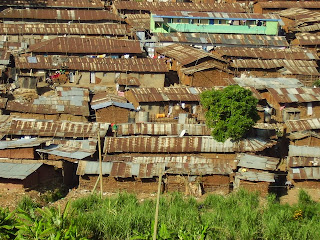EAst Africa Infrastructure: Shifting Gears

Design plan of JKIA Green Field In Nairobi, Kenya IT IS THAT TIME of the year when we take stock of the past year. We review how much progress we made in economic development in east Africa. The region has enjoyed robust economic growth for much of the last decade which robustness has spilled into the current decade. Rather, bottlenecks defined by the robustness of the last decade are being removed in this one. Chief among all bottlenecks was infrastructure -roads, railway lines, hydro dams, geothermal wells, sea ports and airports. There is a reason to focus on infrastructure: Fossil fuels have been discovered in the top three of the five east common market countries. Consequently demand for infrastructure to service this new economic factor has shot up. Some mega projects, which just a few years ago would have been quietly dismissed as pipe dreams are becoming reality. Tanzania is so far the leader in discovery of fossil fuel with confirmed 40trillion Cu...






